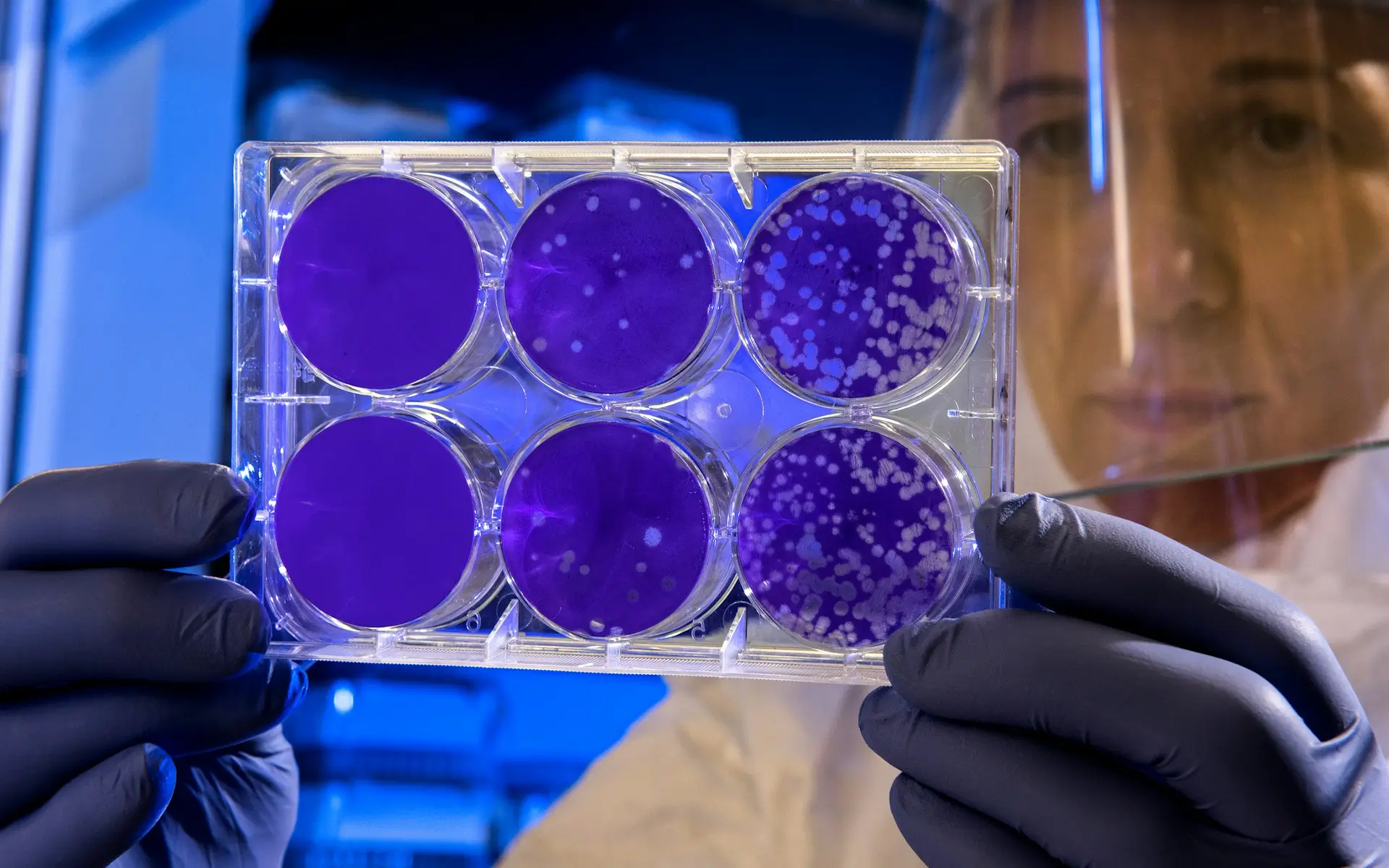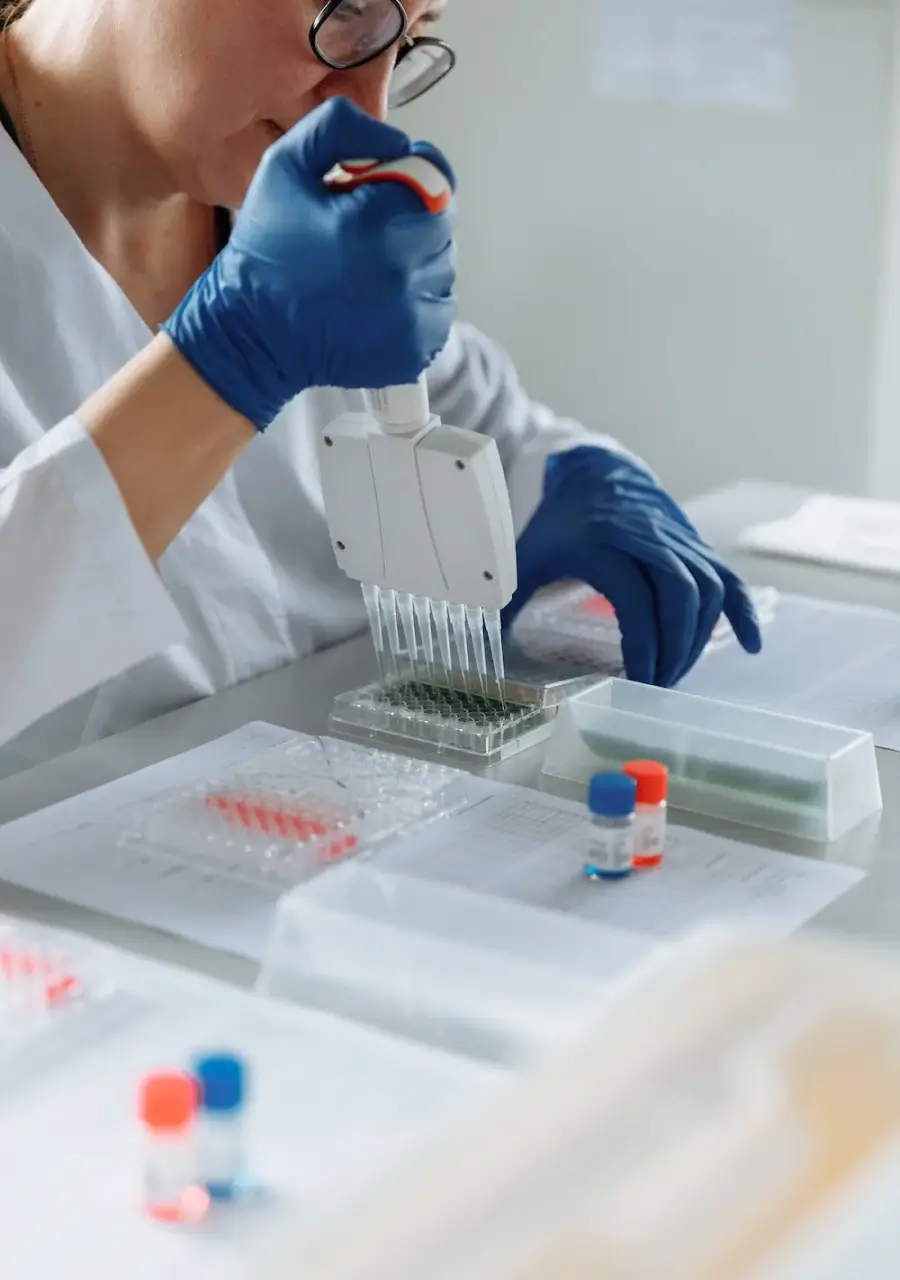
Intellectual Property
A robust, comprehensive global IP portfolio centered on our Galectin-3 targeted apheresis platform.
Reduction of Galectin-3 Levels by Plasmapheresis
This foundational patent family covers the selective removal of serum Galectin-3 by apheresis. The technique involves flowing blood or plasma through a column with a binding agent, such as monoclonal antibody, that selectively removes Gal-3. This targeted approach enables substantial reductions in Gal-3 levels, reducing inflammation, fibrosis, . The method can also be combined with systemic administration of different pharmaceuticals, Gal-3 inhibitors (e.g., modified citrus pectin) or with parallel removal of other compounds to enhance its beneficial effects.
Key Patents: AU2012348311, BR1120140128235, CA2858601, CA3036327, CN104011544, DK2788761, EP2788761, EP3151009, ES2669068, IL232323, IN4507/DELNP/2014, JP2015507483, KR1020140067173, MX355213, MYPI2014001495, RU2545859, JP2016175925, US8764695B2
Galectin-3 Plasmapheresis Therapy
This family expands the platform’s utility by protecting the use of apheresis to eliminate not only Gal-3 but also pro-inflammatory and degenerative proteins, including TNF receptors and Galectin-1/-9.
These techniques support immune reset, reduction of disease-promoting factors, and synergy with conventional and biologic therapies.
Key Patents:
US9549953, US10213462, US11141431, US11389476, US11389477, US11389478, MY168406A, MY179276A, WO2013200947
Plasmapheresis Device
This device-focused family secures protection for a versatile apheresis column system where plasma is filtered through modules containing selective binding agents. Each module can be tailored to the disease biology, with Gal-3 being a primary target.
The modular structure allows for treatment individualization, either by switching modules or by combining multiple target-removal agents within a single system. Columns may be regenerated or replaced between uses, depending on the indication.
Therapeutic Potential:
Personalized medicine approaches
Hospital-based and outpatient use
Rapid integration with existing apheresis infrastructure
Key Patents:
AU2014370393, BR1120160138767, CA2932902, CN105828900, DK3086870, EP3086870, ES2713388, IDP00201603935, IN201627022693, JP2017507683, KR1020160102440, MX369551, MYPI2016001197, RU2016130573, SG11201604881T, TH171356, US10953148, VN1201602709, SG10201804910U, WO2015099826
Patient-Selective Apheresis
This family introduces the concept of patient- or disease-tailored apheresis protocols. Modules may be preloaded or dynamically configured for specific treatment regimens. Combinations may include Gal-3 reduction, TNF receptor clearance, or photopheresis.
The platform supports adaptation to a patient’s molecular profile, disease progression stage, and therapeutic history.
Therapeutic Potential:
Personalized oncology and immunotherapy
Adaptive immunomodulation in autoimmune and chronic inflammatory diseases
Multi-target extracorporeal detoxification
Key Patents:
EP3274010, JP2018509994, WO2016160644, US10828413, US12109346 (continuation)
Expanded Therapeutic Applications
This latest patent family expands the indications of Galectin-3 apheresis beyond chronic conditions into acute, high-mortality diseases such as sepsis and viral infections. Gal-3’s central role in immune dysregulation and cytokine storms makes it a promising target for these urgent and underserved indications.
This family also contemplates combining extracorporeal Gal-3 removal with therapies such as immune checkpoint inhibitors or antiviral regimens.
Trademarks
XGal-3® is registered in the US (Reg. No. 6034098), EU, Japan, Taiwan; pending in Canada.
Global IP Footprint
ETI’s patents have been issued or are pending in over 30 countries, including the US, EU member states, Japan, Canada, Australia, China, Brazil, India, Russia, Israel, and others. The IP strategy supports regional exclusivity, licensing flexibility, and market access readiness.





